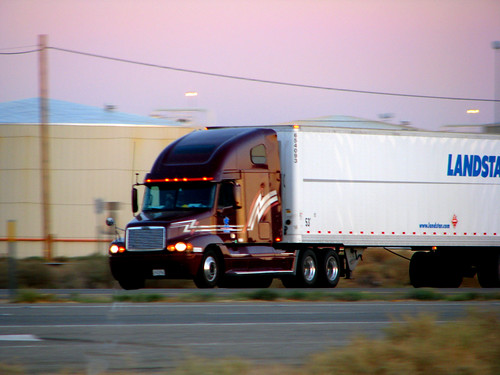Every day, millions of drivers across the United States use highway systems for travel. While most people are good drivers, they may not understand some of the secret driving tips that can ensure a safer, more affordable trip. Some of the best drivers in the world are professional truckers; by getting tips from professional truckers and drivers, it’s possible for everyone to improve their driving skills.
Proper Vehicle Maintenance
It’s important to make sure that a vehicle is in proper condition before leaving for a long trip. For example, it’s a good idea to make sure that tires are properly inflated and are in adequate condition. Under-inflated tires can have a negative impact on a vehicle’s gas mileage and towing performance. Over-inflated tires, however, can be extremely dangerous. If a tire is over-inflated, a vehicle will not be able to maintain a very good grip on the road. This can result in longer braking times, poor acceleration, and the potential for skids.
While many professional oil change companies will recommend that a vehicle receive an oil change every 3,000 miles, this may not be necessary for all vehicles. As engine quality has improved over the past few decades, the need for frequent oil changes has decreased. In addition, many conventional vehicle oil products are made with synthetic additives and other chemicals. These will often reduce the need for an oil change every 3,000 miles. In many cases, it may be possible to change a vehicle’s oil just every 5,000 miles.
Understanding Poor Driving Habits
Many people alternate between accelerating and braking when driving. While it may not be possible to avoid this cycle in city traffic, it can have a very negative impact on gas mileage. Many vehicles that experience very frequent cycles of acceleration and braking will have gas mileage that is up to 40 percent less than stated by the manufacturer.
One of the best ways to avoid excessive braking and acceleration is by monitoring one’s driving habits. For example, following a vehicle on a highway very closely will require one to brake frequently. In addition to creating a dangerous driving environment, this cycle can have a negative impact on gas mileage. One of the best ways to prevent this is by maintaining a 500 foot buffer between one’s car and the vehicle one is following. If the lead vehicle brakes, an individual simply has to step off the gas. Natural deceleration will reduce the need to use braking and can be an effective way to improve gas mileage.
While it usually isn’t a good idea to follow a vehicle very closely, some drivers practice hyper-driving. With hyper-driving, an individual follows a large truck or lorry very closely. Since wind resistance can have a very negative impact on gas mileage, following another large vehicle closely can help improve gas mileage. However, it’s important to be very careful when hyper-driving. One should always be prepared for sudden stops.
Robert Wilkes is an on the road freelance blogger for TruckersReport as well as a regular poster on their Truckers Forum.


 By
By 






